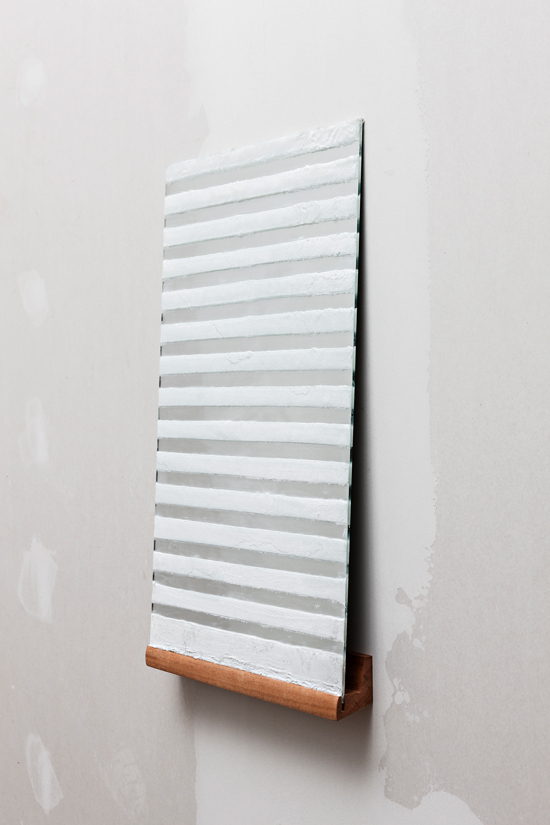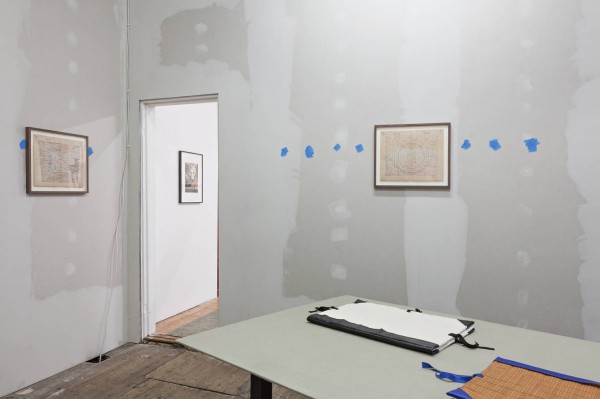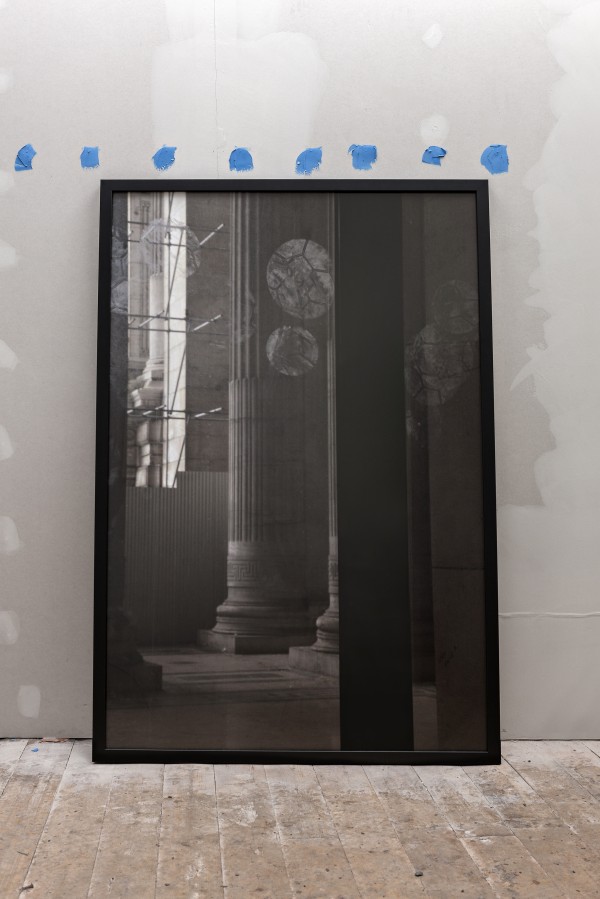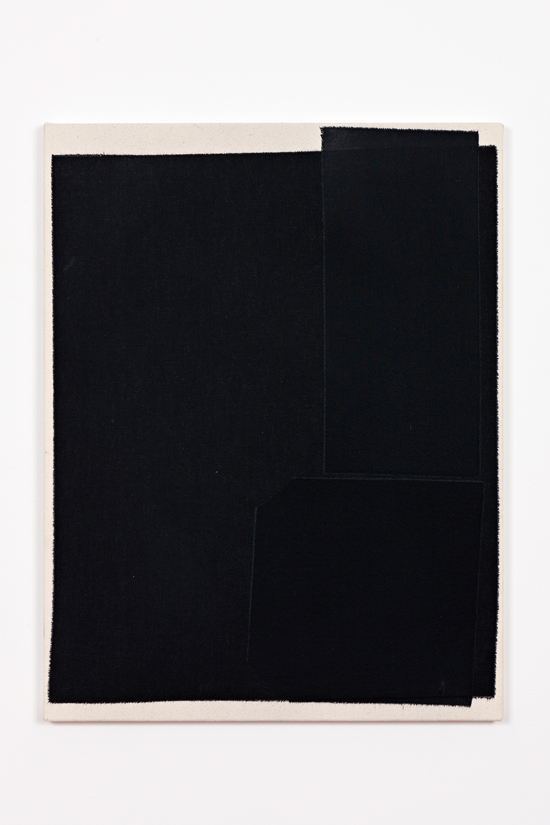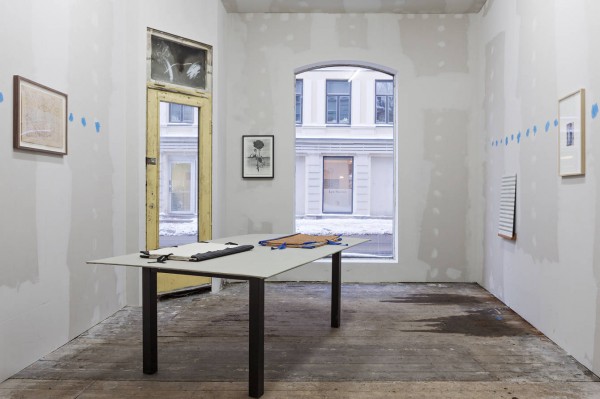Like a Virgin
Saturday, 8 March 2014
“This unlikely story begins on a sea that was a blue dream…i
Before arriving at the cloudberries and crème, the fluffy desert of choice that completes the holiday meal here, one must endure a traditional Christmas Norwegian dinner that is all about survival.
Two of the most popular dishes to mark this event are meant evoke the hardships of times past, and both are borrowed from a time when living in the mountains and making it through the next few months meant the key concept of preservation: getting what food you had in the autumn to keep you fed until the spring.
Out of this concept, comes Lutefisk. A transformative event in which whitefish, first meticulously dehydrated with Lye, is bloated back to life, and sits in a jellied state, quivering next to a side of peas and gravy. On other tables and other plates for example, Pinnekjøt, or dried sheep’s ribs, evoke the biblical story of an infant revered by shepherd men of modest means.
Interestingly enough, despite all of this moderation, the partaking of lutefisk became most popular as a holiday tradition in the noughties, and consumption rose by 72% between 2005 and 2008, years that were, at least economically speaking, fairly cushy times.
Was this deep reach into the past a form of soul-searching? A ribbon, nervously tying us to the past? What prompted the rise of reconstituted fish as a symbol of the hard working and innocent days of old? Was it the mere austere tendency of the melancholy protestants, or something more contemplative that allowed this delicacy to appear as the holidays’ more modern logo?
____________
‘Like a Virgin,’ VI, VII’s eleventh exhibition, takes various positions around gallery economies, newly built architecture and the gallery’s recent move from cellar to storefront.
Some works engage with the ‘shop’ aspect of the gallery’s new location, by presenting cash and carry commodity structures while others deal simply with cash…” – VI, VII
